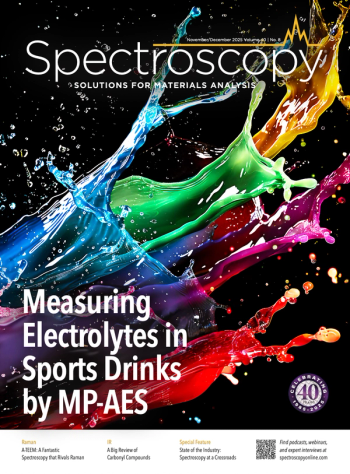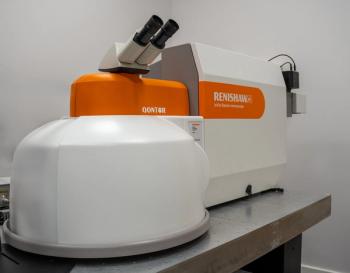
The Impact of Human Activity on Outdoor Recreation Tourist Sites
In this brief segment from my full-length conversation with Monica Arienzo of the Desert Research Institute, she discusses the important key findings of her study.
Back in 2023, I conducted an interview with Monica Arienzo of the Desert Research Institute, and we discussed her team’s findings when investigating the litter recovered by scuba divers in Lake Tahoe (1).
In this brief segment from my full-length conversation with Arienzo, she discusses the important key findings of her study.
Will Wetzel: What conclusions should others take from your study?
Arienzo: For those of you that never been to Lake Tahoe, it is an area of incredible beauty. It is known for its clear waters. It's a wonderful tourist destination. I feel very lucky that I live close to Tahoe, and it has been a site for visitors for many years now, and most recently in 2022, the total number of visitor days was almost 17 million. This is an area that's becoming even more popular, especially since the pandemic. And so, I think one of the things that really hit home for me is that this human activity has left a mark on the environment with the plastic litter that is present on the lakebed. We found it at every transect that we looked at. To me, that speaks to the human impact that is present on the lakebed. More work needs to be done to understand how this compares to other lakes around the world. I don't know of many studies that have really used scuba divers to collect litter from lakebeds and then categorize them in the way we did. And so, I think that there's a lot of work that should be done looking at other lakes to understand that, if this is a sink, how important this is to plastic transport when we think about kind of how plastics are moving in the environment. And I think if we can keep answering these types of questions, I think we'll have a better understanding of how plastic pollution may be impacting the environment, especially in these beautiful places like Lake Tahoe, that are near and dear to so many people's hearts. It is also important for the fish and the people that live on the shorelines that rely on this water for drinking water, or, in the case of fish, for their aquatic habitat. So, yeah, I think that is what makes this study unique, and I think that there's a lot more work that needs to be done.
You can see the study and my full-length video interview with Arienzo in references (1,2).
References
- Wetzel, W. Polymer Characterization of Plastic Litter Using ATR-FT-IR Spectroscopy: An Interview with Monica Arienzo. Spectroscopy. Available at:
https://www.spectroscopyonline.com/view/polymer-characterization-of-plastic-litter-using-atr-ft-ir-spectroscopy-an-interview-with-monica-arienzo (accessed 2025-04-15). - Davidson, J.; Arienzo, M. M.; Harrold, Z.; West, C.; Bandala, E. R.; Easler, S.; Senft, K. Polymer Characterization of Submerged Plastic Litter from Lake Tahoe, United States. Appl. Spectrosc. 2023, ASAP. DOI:
10.1177/00037028231201174
Newsletter
Get essential updates on the latest spectroscopy technologies, regulatory standards, and best practices—subscribe today to Spectroscopy.



